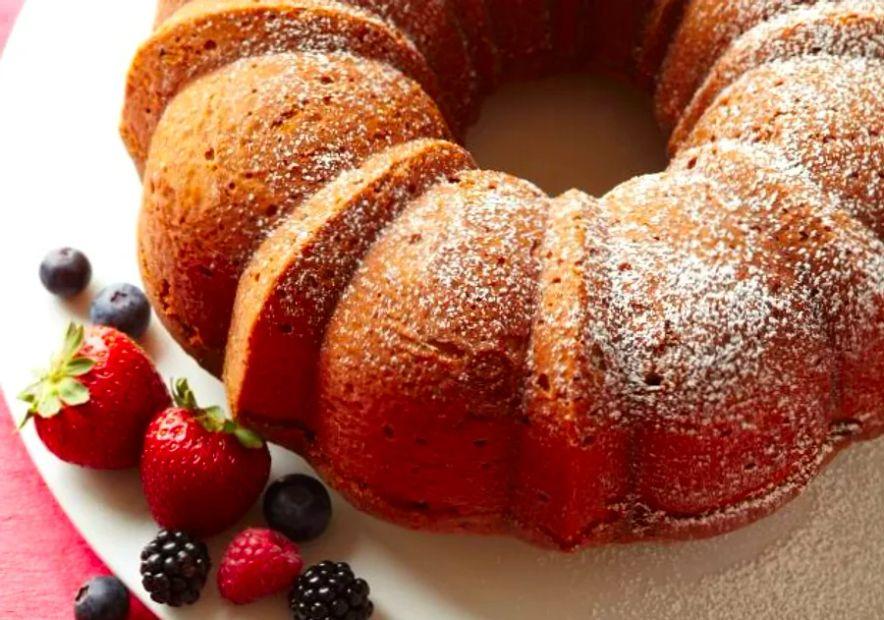How to Perfectly Bake Cakes and Quick Breads at High Altitudes

High-Altitude Baking Questions Answered
What makes baking at high elevation so challenging?
At higher elevations, the lower air pressure causes the air bubbles in the batter to expand too quickly. This results in cakes rising too rapidly and then collapsing, leaving them dense and dry.
How should I adjust my baking for high altitudes?
- You may need to change the proportion of ingredients in a recipe.
- You may need to raise the baking temperature as well.
Cake recipes typically don't require adjustments up to 3,000 feet in elevation. However, above this altitude, you may need to modify your recipe by reducing the leavening agents and sugar (or both), while increasing the amount of liquid. Keep in mind that butter counts as a liquid since it melts during baking, but eggs act as stabilizers and should not be considered liquid.
Essential Tips for High-Altitude Cake and Quick Bread Baking
Prevent dry cakes and breads with these helpful tips:
For cakes made with baking powder:
- Don't overbeat the eggs. Overbeating adds too much air to the cake.
- Raise the baking temperature slightly; the faster cooking time will keep the recipe from rising too much. At elevations over 3,500 feet, the oven temperature for batters and doughs should be about 25 degrees F higher than the temperature used at sea level.
- Decrease the amount of baking powder slightly; this also prevents the recipe from rising too much.
For yeast-based coffee cakes:
At high altitudes, yeast cakes rise faster, so keep an eye on your dough. Instead of timing the rise, focus on the dough's volume change. Proofing time should be shortened accordingly.
Additional High-Altitude Baking Advice
- Cakes tend to stick more when they are baked at high altitudes, so always grease your baking pans well and dust them with flour, or line them with parchment paper.
- Fill pans only 1/2 full of batter, not the usual 2/3 full, as high altitude cakes may overflow.
High-Altitude Baking Adjustment Guide
Refer to the chart below for detailed adjustments. When altering a recipe for high altitudes, always begin with the smallest change, adding more only if necessary. It's helpful to record your adjustments until you find the ideal method for your altitude.
Adjustments for 3,000 feet:
- Reduce baking powder: for each teaspoon decrease 1/8 teaspoon.
- Reduce sugar: for each cup, decrease 0 to 1 tablespoon.
- Increase liquid: for each cup, add 1 to 2 tablespoons.
- Increase oven temperature by 25 degrees F.
Adjustments for 5,000 feet:
- Reduce baking powder: for each teaspoon, decrease 1/8 to 1/4 teaspoon.
- Reduce sugar: for each cup, decrease 0 to 2 tablespoons.
- Increase liquid: for each cup, add 2 to 4 tablespoons.
- Increase oven temperature by 25 degrees F.
Adjustments for 7,000+ feet:
- Reduce baking powder: for each teaspoon, decrease 1/4 teaspoon.
- Reduce sugar: for each cup, decrease 1 to 3 tablespoons.
- Increase liquid: for each cup, add 3 to 4 tablespoons.
- Increase oven temperature by 25 degrees F.
Discover More
Find Delicious Recipes for Cakes and Quick Breads

1

2

3

4

5
Evaluation :
5/5